Introduction-How to prune tomato plants
Hey, friends of gardening! Have you ever dreamed of harvesting a whole tomato jungle from your own backyard? Well, get ready to transform your tomato plants from leafy jungles to fruiting powerhouses! Pruning’s your secret weapon, and this guide will guide you through the process of mastering it.
Pruning isn’t just about snipping away willy-nilly. This is a strategic conversation with your tomato plants that will help them understand where to focus their energies. You will guide them to produce the biggest, most delicious tomatoes you’ve ever tasted, while keeping the plants healthy and happy.
The step by step instructions, clear photographs and helpful hints are included in this comprehensive guide. We’ve got you covered, whether you are a seasoned green thumb or a curious newcomer to the tomato business. So, grab those pruners and put on your gardening hat or flipflops. No judgment! And let’s get ready to unleash the hidden potential of that tomato plant!
Understanding Tomato Plant Anatomy: A Crash Course for Pruning Success!
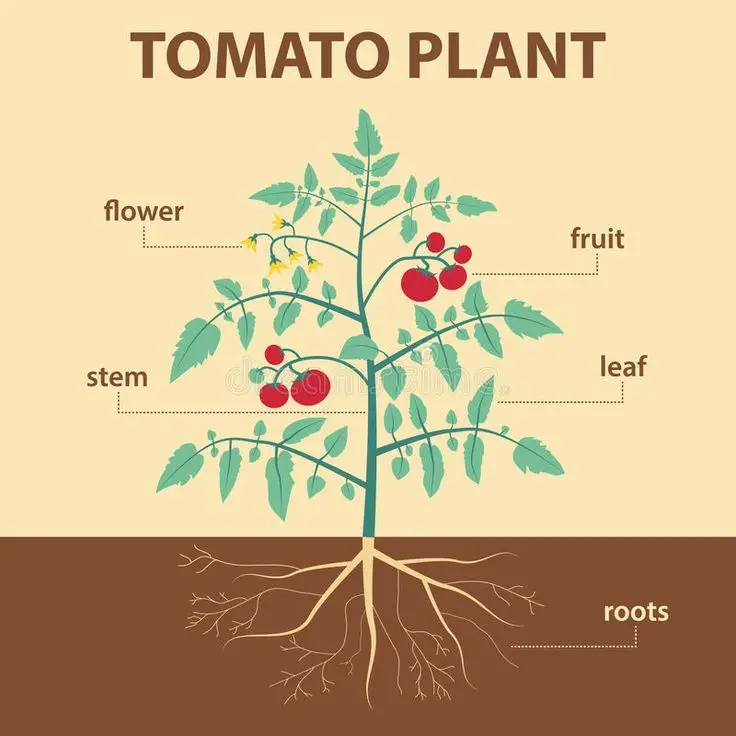
Let’s get to know the key players in our tomato farming team before we hit the exciting world of cutting and shaping tomatoes. Knowing their roles will make it easier to prune and ensure that you make the best decisions for your flourishing crop.
- Main Stem: This is the central stem, which acts as a core of your plant. Imagine it as the captain, steering the ship towards tomato greatness!
- The leaves: These leaf heroes are solar panels on the plant that absorb sunlight and convert it to energy for growth and fruit production. Think of them as small factories that work hard to feed your future tomato crop.
- Suckers: These are little shoots that sprout between the main stem and a leaf branch. They may look innocent, but they’re a cunning thief of energy! They’ll take valuable resources out of the production of your famous fruit if they don’t control themselves.
- Clusters of flowers: This is where the magic occurs! Each cluster has a small yellow flower in it, which will become your favorite tomatoes. When deciding on some pruning decisions, it will be important to spot those clusters.
- Fruit Trusses: As soon as the flowers have been pollinated, they will develop into the delicious tomatoes we all crave. The trusses are small stems that hold the tomatoes themselves, just like little cradles for your future harvests.
You’re well on your way to becoming a confident pruner now that you know the crew at the tomato plant! This knowledge will guide you as we go through the special steps to make full use of your tomato plant’s potential.
Tools and Equipment: Your Pruning Posse!
Alright, with our newfound understanding of tomato plant anatomy, it’s time to assemble your pruning posse! This is the minimal crew you’ll need to complete your pruning mission successfully:
- Sharp Pruners or Bypass Shears: These are your trusty sidekicks, responsible for making clean cuts that promote healthy plant growth. Think of them as the scalpels of the tomato world, but they’re not so scary! Don’t use dull tools, as they can crush and damage the stems, making your plants more susceptible to disease.
- Gloves(optional): These are not necessary, but they may offer some protection from the thorns and keep your hands clean while you’re performing magic. Plus, they’ll make you feel like a real pro.
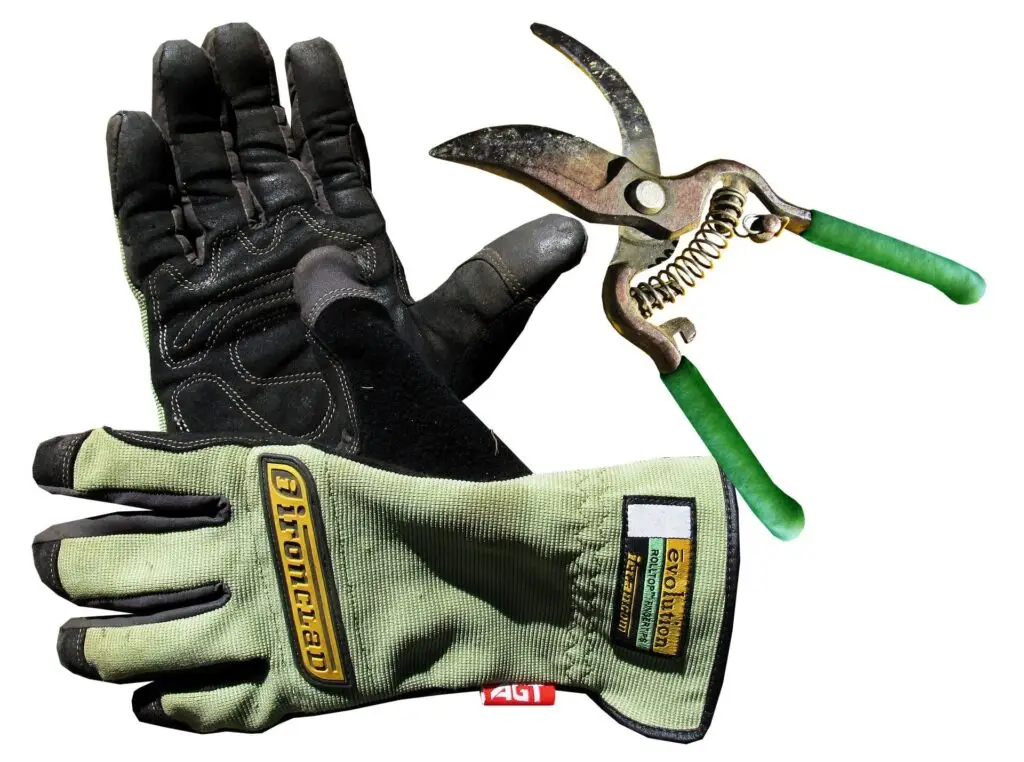
Don’t forget, the effective pruning of tomato plants doesn’t require a special tool box. All you need to become a master pruner is these simple tools, along with the knowledge acquired!
Step-by-Step Pruning Guide: Unleashing Your Inner Tomato Whisperer!
Now that you’ve met the tomato plant crew and assembled your pruning posse, it’s time to get down to the nitty-gritty! This is a step by step guide to effectively prune your tomato plants, which will transform them into fruiting champions:
A. Taming the Suckers: Those Sneaky Energy Thieves
- Spot the Suckers: These little imposters grow at the junction where a leaf branch meets the main stem. They may seem harmless, but they are notorious for stealing valuable energy that should be used for fruit production. For these tiny shoots, keep an eye out! We’re going to add a helpful photograph that helps you identify quickly!
- Snip or pinch when you’re small: The sooner you’re dealing with energy thieves, the better. When suckers are young and under 1 inch long, you can simply pinch them off with your fingers. It’s a fast and easy way to keep your plants in check.

Pro Tip: For indeterminate tomato varieties (those that keep growing throughout the season), some gardeners like to keep a few suckers towards the top of the plant. Eventually they could develop into other fruiting branches, thus increasing your yields. However, this technique requires more advanced monitoring and pruning at the end of the growing season so it is best suited for experienced gardeners.
B. Keeping Things Airy: Pruning Lower Leaves
- Why Prune Lower Leaves? It might seem counterintuitive, but it actually benefits your plants by removing some of those lower leaves. The good air circulation around the base of the plant, which enables sunlight to penetrate all parts of the tomato crop, is an important preventive measure against fungus diseases.
- Target the right leaves: concentrate on removing leaves that touch the ground or are within the first six to twelve inches of the soil. This facilitates greater airflow and mitigates the risk of disease associated with moisture.
- Pruning schedule: Don’t worry about removing all of the lower leaves at once. Keep removing any new leaves that may come into contact with the ground during the growing season as your tomato plants increase in height.
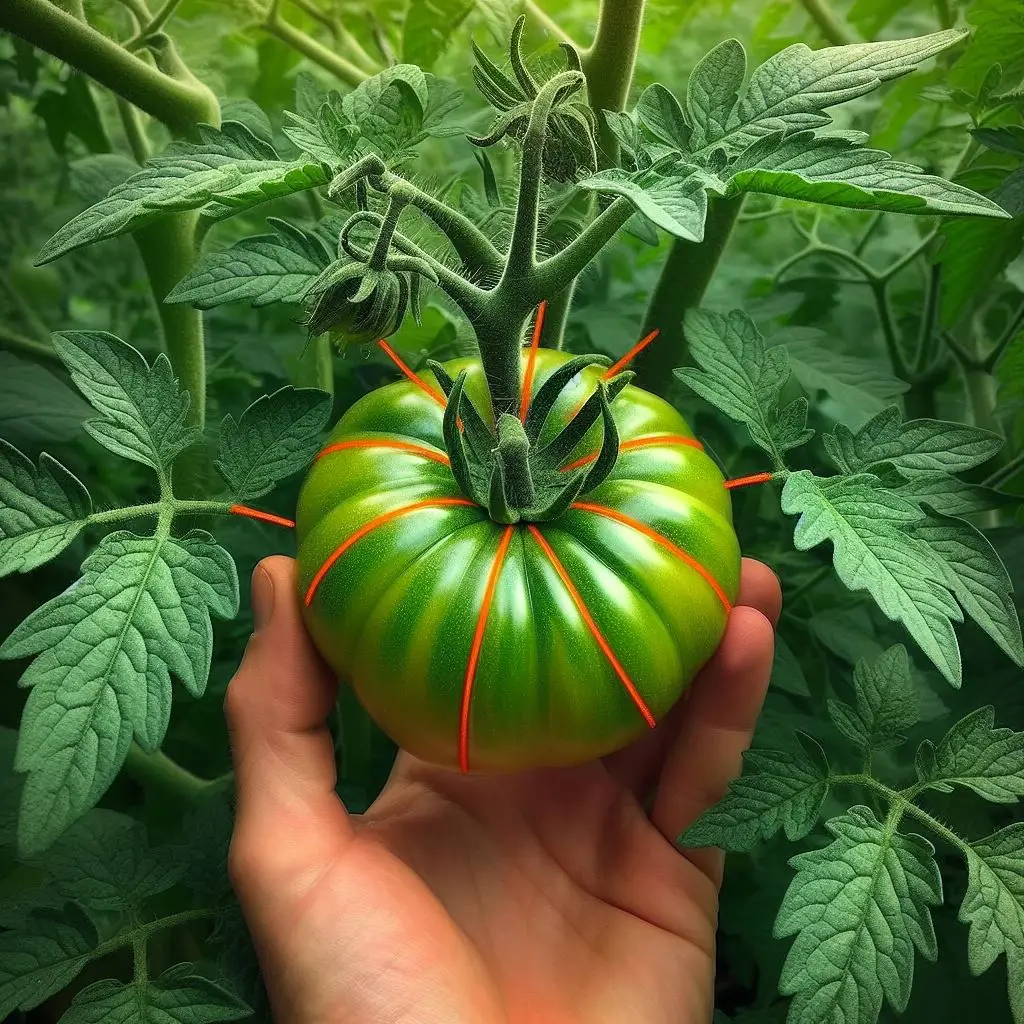
C. Reaching for the Skies: Pruning for Height and Airflow (Optional: For Indeterminate Tomatoes Only)
- Know your limits: Although indeterminate tomatoes are capable of growing very large, it is essential to maintain a sufficient size for both ease of cultivation and the production of fruits.
- Identify the most prominent flower cluster: find the largest clusters of flowers in your garden. That’s the guide you’re going to use to make the cuts.
- Snip Above the Chosen Point: Using your sharp pruners, make a clean cut just above the desired number of flower clusters (typically 6-8). It will also encourage the plant to focus its energy on producing fruit from remaining clusters, with a view to better air circulation up into the roof.
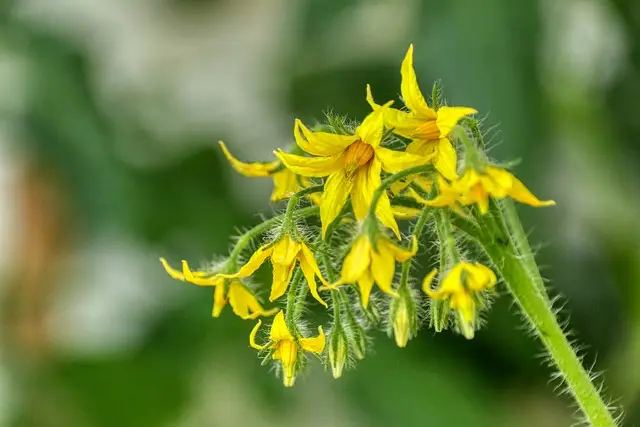
Tip: You may want to pinch the flower bud rather than cutting it, if your plant has a lot of flower buds over its own limit. This can stimulate more bush growth to the lower parts of the plant, which may lead to a higher number of fruit trees. However, it is necessary to monitor this method more closely and may not be appropriate for all gardeners.
Common Tomato Pruning Mistakes: Learning from the Snips and Cuts!
- Pruning too early: young tomato plants are still growing. Before you begin to prune, it’s best if your plants have a couple of sets of real leaves. Those more large leaves over the first few small ones should be left in place.
- Removing Too Many Leaves: While some lower leaf removal is beneficial, don’t go overboard! Keep in mind that leaves are the sun panels on a plant, and excessive pruning is capable of weakening or reducing its fruiting capacity.
- Making Improper Cuts: Dull or dirty tools can cause ragged cuts that leave your plants vulnerable to disease. Always use sharp, clean pruners and cut at a 45-degree angle.
- Not Pruning Suckers Regularly: Those sneaky suckers will keep popping up throughout the season. Make it a habit to check your plants regularly and pinch off any new suckers when they’re small.
You can become a confident and efficient tomato plant pruner when you know these basic mistakes and follow the right techniques. Keep in mind that the goal is to create a healthy balance that encourages strong growth and bountiful harvests!
When is it Too Late to Prune Tomato Plants? Striking the Pruning Balance
Pruning can be done throughout most of the tomato growing season. However, there is a point where extensive pruning might not be the best course of action. Here’s what to keep in mind:
- Focus on Early to Mid-Season Pruning: The most beneficial time for pruning is generally during the early to mid-season stages of plant growth. This allows you to guide the plant’s development and encourage fruit production without significantly impacting its overall health.
- Late Season Pruning: While some minor pruning can still be done later in the season, it’s best to avoid major cuts. Extensive pruning close to harvest time can remove potential fruiting sites and may even stress the plant, reducing its ability to produce tomatoes.
- Prioritize Existing Fruit Development: If your tomato plants already have a good number of developing fruits, focus on creating optimal conditions for them to ripen successfully. Extensive pruning at this stage might divert energy away from fruit development.
- Listen to Your Plants: Always observe your plants and assess their overall health before making any major pruning decisions. If they appear stressed or haven’t set many fruits yet, it might be best to hold off on significant pruning.
Remember, the goal is to achieve a balance that promotes healthy plant growth and supports fruit production. By following the pruning techniques outlined earlier and keeping these considerations in mind, you can make informed decisions about when and how much to prune your tomato plants throughout the season.
Conclusion: Reap the Rewards of Your Pruning Prowess!
Congratulations! You have officially embarked on your path to becoming a professional tomato pruner! You have gained the knowledge and confidence to effectively shape and care for your tomato plants by following the steps outlined in this guide. Remember, pruning isn’t just about cutting off branches; it’s a conversation with your plants that helps them understand how to focus their energy on optimum growth and fruit production.
As you put your newfound skills into practice, here are some key takeaways to keep in mind:
- Regular, strategic pruning promotes healthy plant growth and improves air circulation.
- By removing suckers and lower leaves, you redirect energy towards fruit production.
- For indeterminate varieties, pruning for height and airflow can further optimize your harvest.
- Always use sharp tools and make clean cuts to minimize the risk of disease.
- Don’t be afraid to experiment and find what works best for your specific tomato plants.
You’ll soon be enjoying the pleasure of harvesting a bounty of juicy, delicious tomatoes that you’ve nurtured from seed to ripe fruit, thanks to a little practice and the knowledge you’ve acquired from this guide! Get out there, grab your pruners, and unleash the hidden potential of your tomato plants! Happy gardening!
Additional Resources: Deepen Your Tomato-Growing Expertise
This guide has equipped you with the essential knowledge to become a tomato pruning pro. But the world of tomato gardening is vast and exciting! Here are some optional resources, with references, to expand your knowledge and keep the tomato love growing:
Online Gardening Communities: Connect with fellow tomato enthusiasts and gardening experts! These online communities offer a wealth of information, shared experiences, and troubleshooting tips. Some popular options include:
- Forums: Many gardening websites, like the National Gardening Association (https://garden.org/) or the Old Farmer’s Almanac (https://www.almanac.com/), offer forums where you can connect with gardeners of all experience levels.
- Social Media Groups: Look for Facebook groups dedicated to vegetable gardening or tomato growing specifically. These groups are often vibrant spaces for sharing photos, asking questions, and getting inspired.
- Local Gardening Clubs: Many communities have local gardening clubs that hold meetings, workshops, and plant swaps. This can be a fantastic way to connect with experienced gardeners in your area who can offer personalized advice for your specific climate and conditions.
Tomato Growing Websites and Blogs: Delve deeper into specific tomato varieties, plant care techniques, or even recipes for your homegrown bounty. Many reputable gardening websites and blogs offer in-depth articles, instructional videos, and practical advice tailored to your region or climate. Here are a few well-respected resources:
- The Spruce (https://www.youtube.com/watch?v=lXzH4Mxygvo) offers a comprehensive guide to tomato pruning with clear instructions and helpful visuals.
- Bonnie Plants (https://www.youtube.com/watch?v=q4IUhZMA9O0) provides tips on pruning tomatoes for maximum yield and plant health.
- Epic Gardening (https://m.youtube.com/watch?v=1GcB2VIQV_Q) has a great video tutorial on pruning tomato plants, highlighting the differences between determinate and indeterminate varieties.
Tomato Variety Catalogs: Feeling adventurous? Explore the diverse world of tomato varieties! Seed catalogs and online retailers offer a mind-boggling array of options, from classic heirlooms to disease-resistant hybrids. Here are a couple of popular seed companies with extensive tomato variety catalogs:
- Johnny’s Selected Seeds (https://www.johnnyseeds.com/) offers a wide selection of heirloom and hybrid tomato varieties, along with detailed descriptions and growing information.
- Burpee (https://www.burpee.com/) is another reputable seed company with a vast collection of tomato varieties, including cherry tomatoes, slicing tomatoes, and paste tomatoes.
Books on Tomato Gardening: Dive into the world of tomato cultivation with a comprehensive book. These resources can offer detailed guides, troubleshooting tips, and inspiring success stories to fuel your tomato-growing passion. Here are a couple of highly-rated books to consider:
- The Tomato Patch: Growing, Picking, and Enjoying America’s Favorite Fruit by Amy Goldman ([ISBN 160342810X]) is a comprehensive guide to growing all types of tomatoes, from planting seeds to harvesting and enjoying your bounty.
- The Vegetable Gardener’s Bible by Edward C. Smith ([ISBN 0764162216]) is a classic resource for all vegetable gardening needs, including a detailed section on growing and caring for tomatoes.
Remember, the journey of learning never ends, especially in the dynamic world of gardening. By utilizing these additional resources, you can refine your tomato-growing skills, discover new varieties, and become a true tomato whisperer!

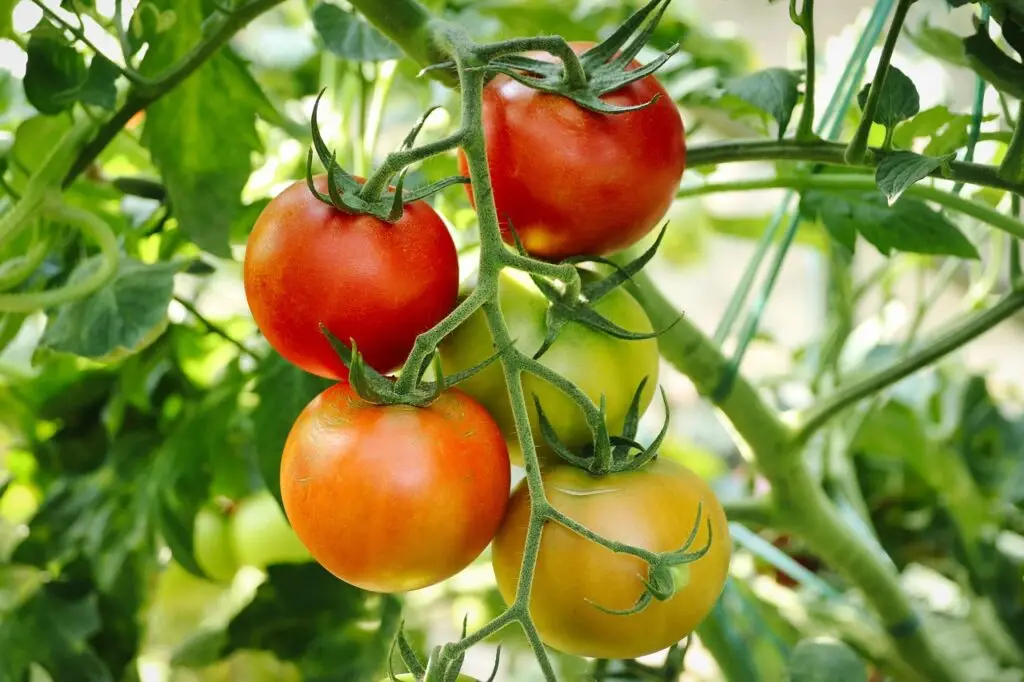
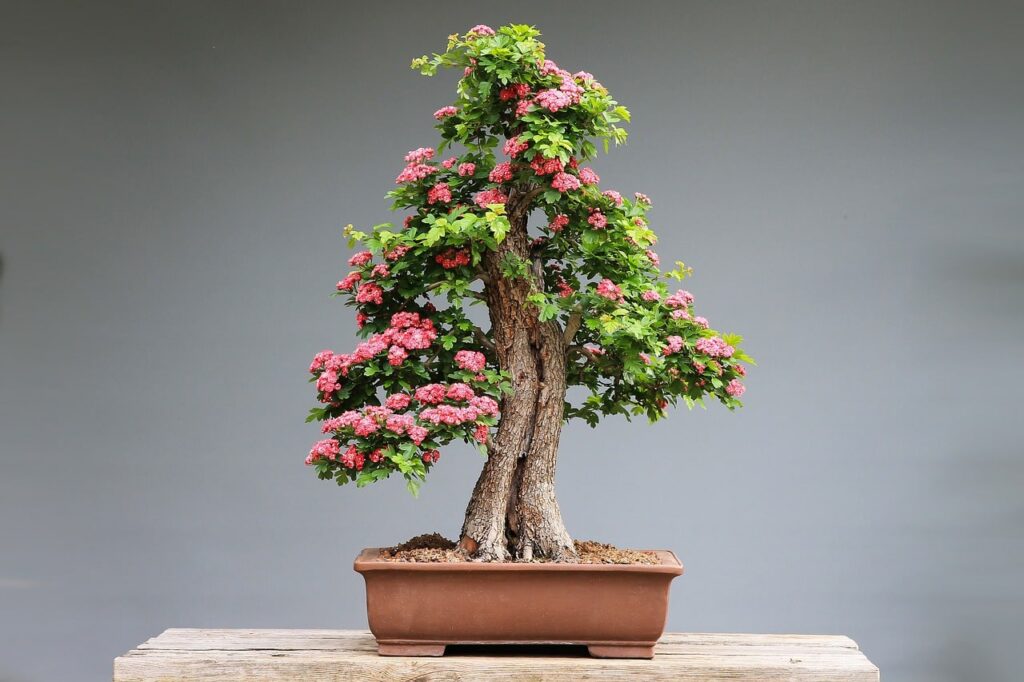








3 Comments
Great info and straight to the point. I don’t know if this is really the best place to
ask but do you folks have any thoughts on where to hire some professional writers?
Thanks in advance 🙂 Lista escape roomów
THANK YOU FOR COMMENT
Very interesting points you have mentioned, thank you for
posting.!